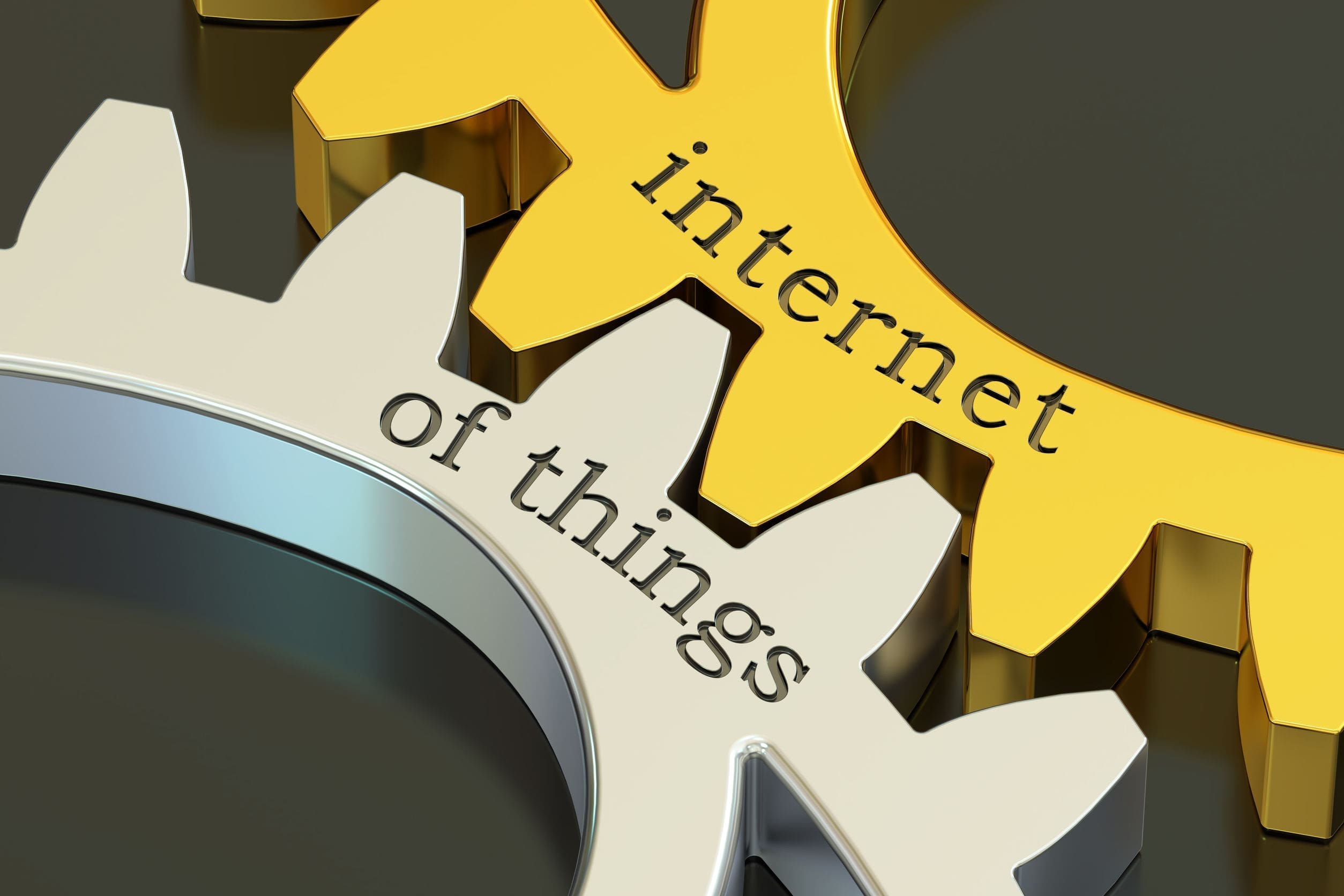As with all critical industries worldwide, the pandemic has disrupted the oil and gas industries beyond just sinking prices. To maintain social distancing guidelines and prevent COVID-19 spread, the global oil and gas industry took the biggest hit as companies either stopped or slowed down physical operations. This affected production in both upstream and downstream operations, reports Research and Markets.
With reduced on-site staff, the industry also embraced improved automation technologies for remote monitoring and control as IoT solutions played a central role as reliable sources of real-time truth. But more critically, the industry sector realized the value of IoT solutions for gaining holistic views into far-reaching operational locations to divert major risks with data-driven predictive analysis.
In its “Reinventing upstream oil and gas operations after the COVID-19 crisis,” McKinsey & Company offer “advanced analytics for maintenance” as one of the next-gen operating practices. The report emphasizes the need for “real-time, analytic-based predictive models that can assign a probability of failure to a piece of equipment at any given time.” Extending this to upstream operations for decreased maintenance activity can not only drastically reduce unplanned deferrals on critical equipment, but can provide “increased visibility on potential failures” reducing average downtime “from 14 hours to four,” indicates the report.
Research and Markets report that the Global IoT in Oil and Gas Market is expected to reach $43.48 billion by 2024. The rising demand for operational automation, production efficiency, robotization and overall digitalization – a critical factor in the industry’s transformation and integration of smart technologies – will drive this growth. The top use-case of IoT implementation, at 65 percent, is currently deployed in the oil and gas industry’s supply chain optimization/tracking, according to 451 Research’s Voice of the Enterprise Survey.
With advanced sensing devices, and analytics from IoT and cloud services, oil and gas operators can gain critical real-time, data-driven, predictive maintenance capabilities not previously possible. IoT solutions drastically reduce operational risks with real-time remote triage to help lower operating expenses (OpEx), while maintaining uninterrupted uptime, which is most critical to the industry.
While many legacy tools offer data aggregation, they are mostly useless. Data must be refined and turned into actionable tasks to have value. As a system integrator for the oil and gas industry, Edge IoT Platforms deployed at each site, refine the large data lakes of aggregated data into useful, actionable, outcome-based analytics. Data is no longer sitting idle. It is aggregated, organized and analyzed from across all distributed technologies, connected devices and subsystems from across all geographical sites. And then it’s made accessible from one unified, single source of truth and operating platform. With a multitude of IoT connected devices – from edge computing to sensors, to production sites to transportation operations – operators can control all data output across all their connected devices with an IoT platform.
While most oil and gas operations are based in remote, hard-to-reach locations across geographically distributed regions, smart sensors connected to IoT platforms provide a well of data-driven insight into the industry’s process performance. This allows operators to tap into their IoT platform for a real-time reliable source for automation and easily manage and triage issues remotely – from supply chain to offshore rigs, refineries, tankers or a pipeline – eliminating social distancing concerns of on-site employee interaction. IoT platforms also harness historically stored information allowing for out-of-tolerance equipment to be flagged before critical failures. It can also be directed to the specific stakeholders allowing preemptive action to maintain cost-effective operations and uninterrupted uptime.
While most systems’ integration may require a major overhaul, IoT platforms seamlessly inter-operate with existing systems already in place. With no major required configurations, operators can connect and start managing and data mining geographically distributed operations nationwide or worldwide with equipment and sensing technologies they already have. The nearly limitless scalability of IoT platforms means additional sites can be added to the portfolio without major effort. Additionally, the architecture allows for additions and modifications of sensing technologies and automation processes from afar, allowing an unprecedented agility to inevitable change. Once the data is aggregated from across all the connected devices, operators can easily access it from the Cloud, using any device. They can then harness actionable analytics that can be built on the fly in the platform, or the data can be farmed out to third-party custom analytics with ease, through standard IT methods such as REST APIs.
From climate change to man-made natural disasters and even pandemics, oil and gas industry operators can easily add IoT platforms to disaster/pandemic-proof their operations for uninterrupted access to actionable analytics.
Michael C. Skurla is the Chief Technology Officer ofRadix IoT– offering limitless monitoring and management rooted in intelligence–and has over two decades’ experience in control automation and IoT product design with fortune 500 companies. He is a contributing member of CABA, ASHRAE, IES Education, and USGBC and a frequent lecturer on the evolving use of analytics and emerging IT technologies to foster efficiency within commercial facility design.





